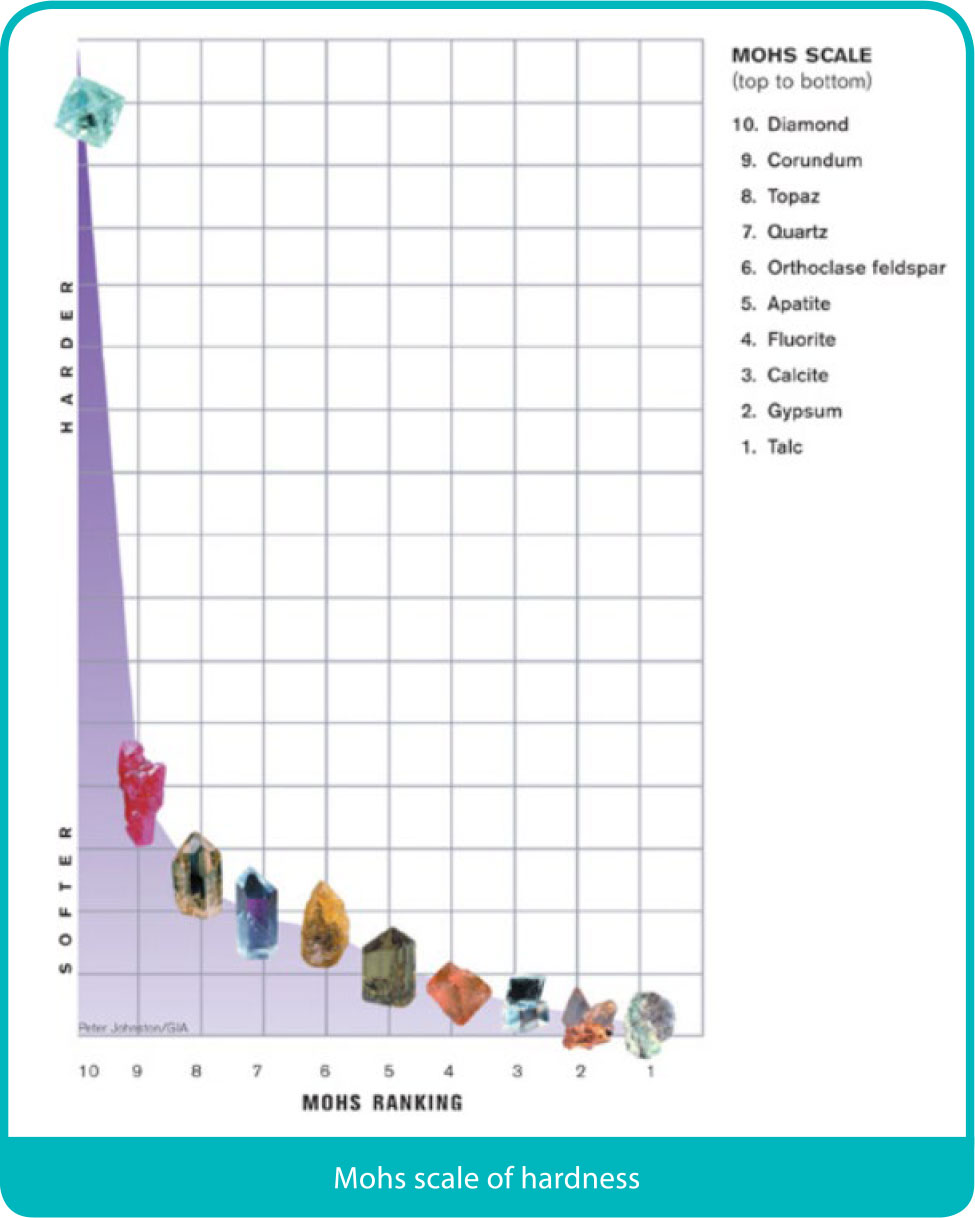Garnet is one of the oldest known stones to man. It is the first gem mentioned in the Bible, in Hebrew “nophek”. Indeed the Talmud mentions garnet as being Noah’s only source of light in the Ark in the form of a carbuncle. A carbuncle often refers to ancient red garnet and red stones in general. It was one of four stones to be given by God to King Solomon.
Garnets have also been found to adorm Egyptian mummies, set in necklaces and other jewels. The oldest red garnet bead necklace to have been found is believed to be from 5,000 BC.
In ancient Rome, signet rings with carved garnets were used to stamp the wax that secured important documents.


Because the gem comes in such a wide range of colours, they each have a specific name.
The green garnets are also called tsavorite – named after the Tsavo Game Reserve in Kenya where it was first found by British geologist Campbell R. Bridges in 1967 and named by Harry Platt of Tiffany & Company.
My favourite is perhaps the demantoid garnet for the inclusion it sometimes hold: a horsetail. An inclusion is any material trapped within a stone during formation. In the case of a horsetail, a formation of golden feathery inclusions of chrysolite form in curves resembling the tail of a horse.

Rhodolite is a purplish red variety. Red garnets are also called almandine, pyrope, whereas the more orangey type are called spessartite, almandite and hessonite.
Red garnets were made even more popular in the mid-16th century when a large deposit was discovered in Central Europe. It became one of the most widely traded gems by the late 1800s.

Its current retail cost could reach £38,000 at a specialised antiques jeweller.
Garnet rates a 6.5-7.5/10 on the Mohs scale. The Mohs scale of mineral hardness was created by Friedrich Mohs in 1822 and determines the scratch resistance of minerals when scratched by another mineral.
The Mohs scale is used to manufacture everyday objects: your mobile phone’s screen glass is made of a material that scratches at level 6, some at level 7.

Garnets are stable to light and chemicals which make it a popular choice to set in jewellery. However, it should always be cleaned with care as these gems are sometimes treated to make their appearance even more desirable. The most common treatment for this gem would be fracture filled: if there was a small fracture within the stone, it would be filled with resin or similar composite to fill in the gap and make it look “flawless”. The fillings can usually be spotted with a magnifier and causes a flash of light when positioned at the right angle.

In general, it is safe to assume garnets are untreated. But the economic impact on garnets such as demantoid and tsavorite can dictate whether a stone is treated or not. These two types are garnets are often considered to be the most desirable and usually found in small sizes, so their value goes up significantly with size.
Fabergé Platinum Round Demantoid & Diamond Set Halo Ring selling for £34,200. Mounted in platinum, it has a 2.50cts round demantoid garnet with an SSEF certificate indicating it is Russian, and has been heating to enhance colour, and set with 130 round white diamonds totalling 0.90ct.

If the budget doesn’t stretch that high, other garnets, like rhodolite, are far more common in larger sizes.

It’s easy to understand the appeal of garnet. It offers a multitude of different readily available hues to suit all sorts of budget. The key then when choosing an item with garnet is really to think with what outfit would look best with that colour.
Aurélia has over twenty years’ experience in the auction industry. She started her career in Business Development and Client Services at Christie’s and Sotheby’s Paris.







